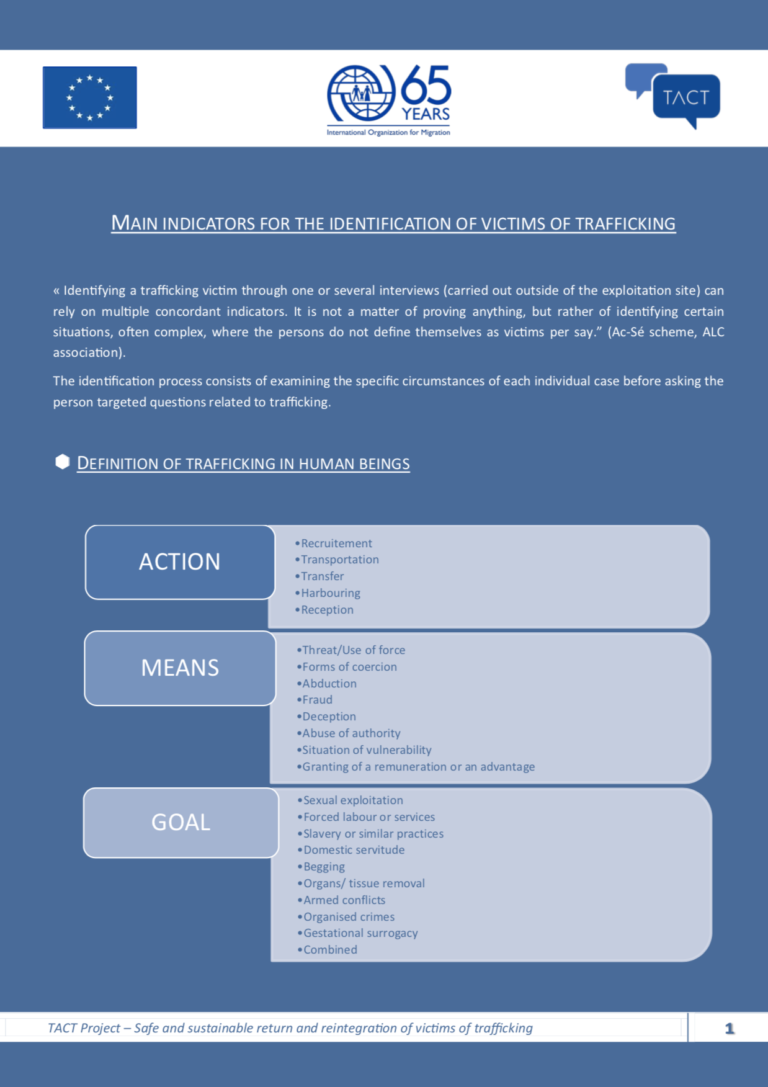Protecting People in a Pandemic
COVID-19 resourcesGuidanceIn responding to COVID-19 many have adopted the rallying cry of "we are all in this together." But the stark reality is that we are not. Millions of vulnerable workers do not have access to COVID-19 testing, health care, sick leave or the physical o...Read More

